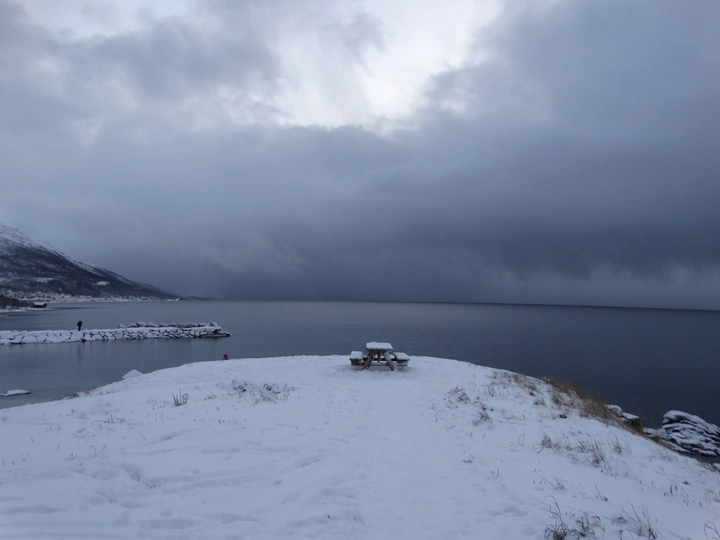Sea as Exhibition

I was raised in Baltic urban environments in Lithuania, deeply connected to the Baltic Sea Region. While merging opposite scales, I combine political, creative and domestic fields: from regional and international to building and object levels. Observing authentic and synthetic life in the sea, ports, cities, regions, countryside. In addition to conventional urban planning and design work, I am actively engaged in research, education, curation, and writing on spatial subjects and arts. Secretly, I am intrigued by the concept of metamodernism and the interplay between films and cities.
Masters graduation with cum laude led me to some successful and some unsuccessful projects. The experiments have its price. Traditional architectural practice is reflected in the oldtown monastery courtyard transformation in Vilnius or the project of the park in the capital city. Both 1st places. The recent students from Zurich ETH interest in the Baltic Sea brought me on board to run the seminar about the sea. After all, working groups concerning marine planning let me feel the pulse of the sea.
A recent article about building a wind farm at sea confirms our worries. It reminds seaside holidays, imported seafood, infrastructure sabotages and zero O2 zones. The sea is becoming another kind of land, making sea urbanization a nowadays lifestyle. Once distant and mysterious, the sea now demands deep imagination to grasp its pollution, underwater landscapes or plankton migration. I'm exploring alternative ways to understand, collaborate, and design this marine environment. Designing involves planning and translating it to the human environment. Here, product design becomes a communication tool, conveying personal stories and tangible experiences. But first of all, it deciphers the sea's complexity and the commonness among coastal residents. The key lies in seeing parts as a whole through an exhibition, focusing on the process over the finished gallery product. Picture a scenario where people from various sectors come to design a boat or narrate a story, easing planning methods and moving away from strict laws. Teams of 3 to 6 from different economic, social, and creative fields build content for these exhibitions. For example, a team could be a marine biologist, a sailor, and a designer working together to weave a complex story of their interactions. The design aspect envisions the future and reclaims human sensuality from remote spaces. Thus, the collection may feature interpretations in food, sound, furniture or artwork, each supported by content for the exhibition. This framework can make intangible settings tangible, interpret politics, and empower knowledgeable ones. My projects and work underscore the need for new communication and planning methods. Research on the Baltic Sea and ports during my Master’s studies, alongside my involvement in youth activism and international marine planning teams, has given me insight into political dynamics. Meanwhile, I experiment with creative communication, and artistic expression and cannot resist being on the beach.